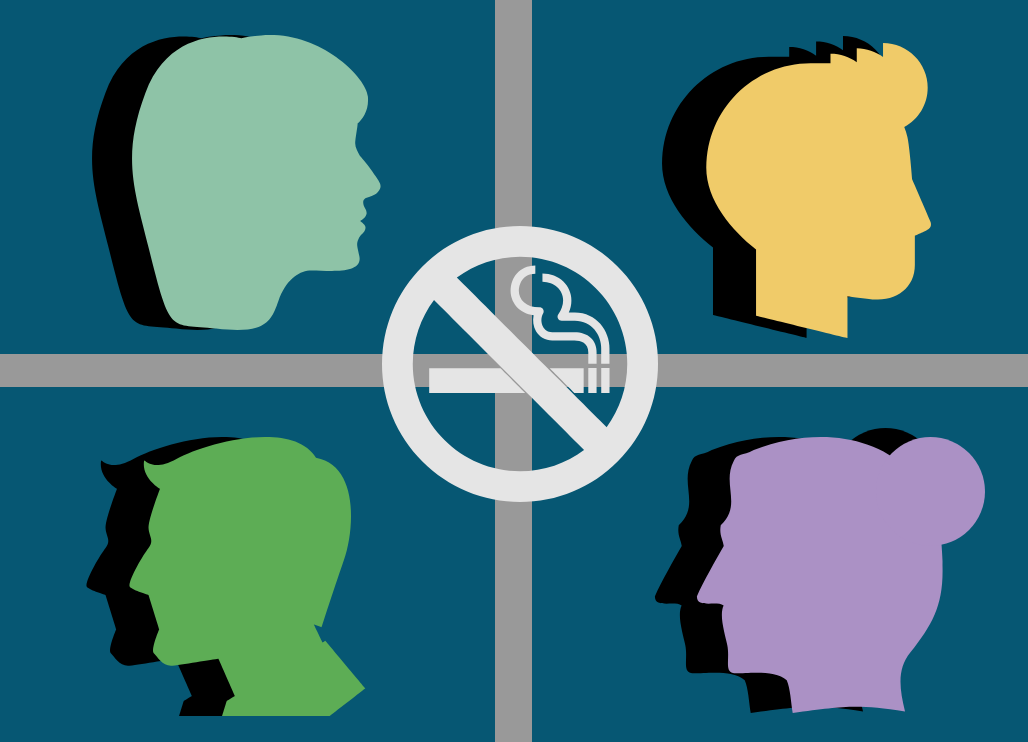The consumption of electronic cigarettes or vapes is an emerging epidemic, especially among the youth, according to a leading pulmonologist who says novel tobacco products are no less dangerous than traditional cigarettes.
“Vaping is not safe precisely because of the evidence that the use of electronic nicotine delivery systems and electronic non-nicotine delivery systems causes harm,” Dr. Maria Encarnita B. Limpin, President of the Philippine College of Chest Physicians, said at a July 20 webinar hosted by the Action on Smoking and Health (ASH) Philippines.
The aerosol produced “often contains many harmful chemicals and toxins, some known to cause cancer, ischaemic heart disease,” she said.
Smoking is an epidemic that causes “13 deaths per hour” in the country and the use of vapes or e-cigarettes is “another emerging epidemic,” Limpin added.
An electronic cigarette is a device where the user inhales vapor, instead of smoke. The popular belief is that vaping can be used to help people quit smoking because it is safer and less addicting.
But the Food and Drug Administration (FDA), the government agency tasked to regulate these products, has said that e-cigarette is not a proven nicotine replacement therapy and that these novel tobacco products can cause nicotine addiction and poisoning.
“These are non-essential products and should not be endorsed otherwise, especially during this pandemic since these products can predispose its consumers to severe COVID-19,” said Engr Ana Rivera, who spoke on behalf of FDA Chief Dr. Eric Domingo at the online forum on Tuesday.
“Vapor products and heated tobacco products are not safe and should be treated as health products requiring strict regulation by a competent regulatory body,” she said, in reference to moves by lawmakers to have vapes regulated by the Department of Trade and Industry (DTI).
The government should prioritize public health over any form of commercial interest, Rivera added.
Marketing strategy
Vape is just one product under electronic nicotine delivery systems (ENDS) and electronic non-nicotine delivery systems (ENNDS) which heat liquids to produce an aerosol.
“They can add nicotine including other flavors, containing other chemicals that are also known to be toxic and irritating to the body,” said Limpin, adding that manufacturers deny the presence of nicotine in their products but studies say otherwise.
In the United States, there were more than 2,800 hospitalized cases, including 68 deaths, caused by e-cigarette or vaping use-associated lung injury (EVALI) recorded as of Feb 18, 2020, according to the Centers for Disease Control and Prevention (CDC).
EVALI was first reported in the US in 2019. In the same year, the Philippines also confirmed its first case: a 16-year-old girl in Cebu City who admitted to using vape products and traditional cigarettes at the same time for six months.

Screenshot from the webinar by Reiven Pascasio
“There is really no reduced harm…I think we have to stop fooling ourselves. We need to look at the data. Most users of ENDS – they do not really stop smoking but end up using both products,” said Limpin.
She added that the said alternative “does not necessarily lead to quitting.”
“This is really just a marketing strategy…They have about 15,500 flavors, and there are still additional flavors being added,” said Limpin, who noted that some flavors, such as candy and fruit, are specifically targeted at the youth.
Next generation smokers
Dr. Ester Iligan of the Tobacco Control Advocacy Group of the Philippine Pediatric Society (PPS), said these flavors are made to attract teens and young adults.
“In convenience stores, they are eye-level. They are marketed with candy flavors,” she said.
A survey conducted by the PPS among Grade 7 to 9 students, showed that 6.7% of them use e-cigarettes.
The top reasons for using them are: online accessibility (32%); friends are vapers (31%); varied flavors (22%); and the belief that e-cigarettes are safer than tobacco (17%).
Amid the pandemic, where teens are prohibited from leaving their homes, buying these tobacco products online has become easier as age verification is not strictly implemented, and ages can just be faked, according to lawyer Sophia San Luis of public law interest group ImagineLaw.
The youth, she said, may just be more susceptible to buying e-cigarettes due to “regressive bills” pushed by Congress.
‘Two steps back’
Republic Act (RA) 11346, approved in 2020, increased excise taxes on heated tobacco products (HTPs) and vapor products, and raised to 21 the minimum age of people who can buy these products. The FDA was also authorized to ban flavors. This was highly regarded by health experts.
But just recently, the House of Representatives passed on third reading HB 9007, which lowers the age of access to 18, and gives the DTI, instead of the FDA, regulatory power over the products.
A similar bill in the Senate — SB 2239 — is being deliberated on.
“The goal of these bills is not to give an alternative to current smokers, which is what the industry wants us to believe. The goal is to make these products ubiquitous, or accessible to the general public so they can recruit new users,” said Atty San Luis.
The measures are taking “two steps back,” instead of moving towards a direction in “preventing and addressing addiction,” she added.
In another July 20 webinar organized by the Philippine Legislators’ Committee on Population and Development (PLCPD), Kabataan Party-list Rep. Sarah Elago, one of the few legislators who opposed HB 9007, said that it is an obligation to say “no” to the measure.
“We strongly oppose the lowering of the minimum legal age of access from 21 years old to 18. We have proposed that the age of access restriction be raised to 25 years instead in light of new studies and evidence, which suggest that young persons below the age of 25 are highly likely to retain nicotine addiction,” she said.
“This could only perpetuate the nicotine addiction in the country, and this move to lower the minimum age of access is also coupled with expanding allowable flavors…What they claim as less harmful is still harmful,” she added.
Losses for the economy
Research officer Emmanuela Iellamo from public interest organization Action for Economic Reforms said that tobacco use can also result in “huge losses for the economy.”
Hospitalization contributes to these losses because of “days spent seeking hospitalization instead of working.”
With more people dying earlier, she said the country is “losing more years that could have been spent working” and helping the economy.
Iellamo cited a 2017 study which estimated the costs of smoking in the Philippines at P210 billion in 2015.
At least 100,000 Filipinos die annually from tobacco-related diseases, according to the health non-profit Campaign for Tobacco-Free Kids.
Worldwide, tobacco use causes more than seven million deaths a year, says the US CDC.
– Reiven Pascasio contributed to this report




